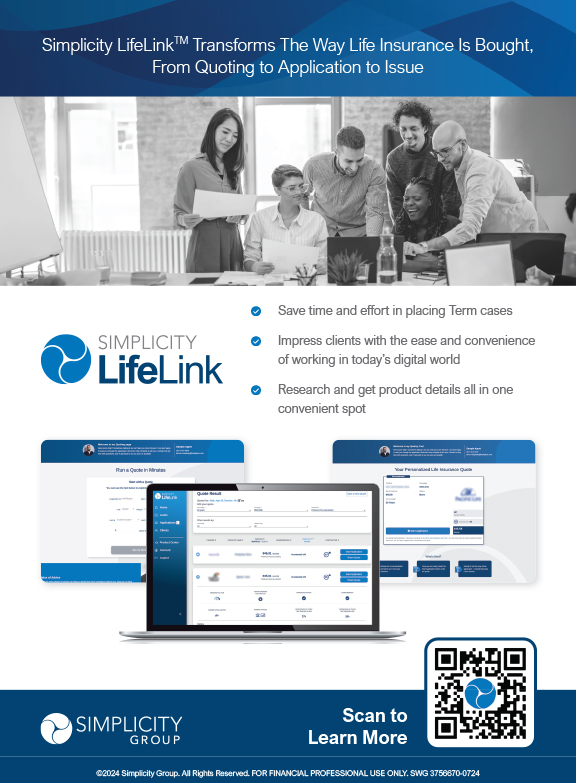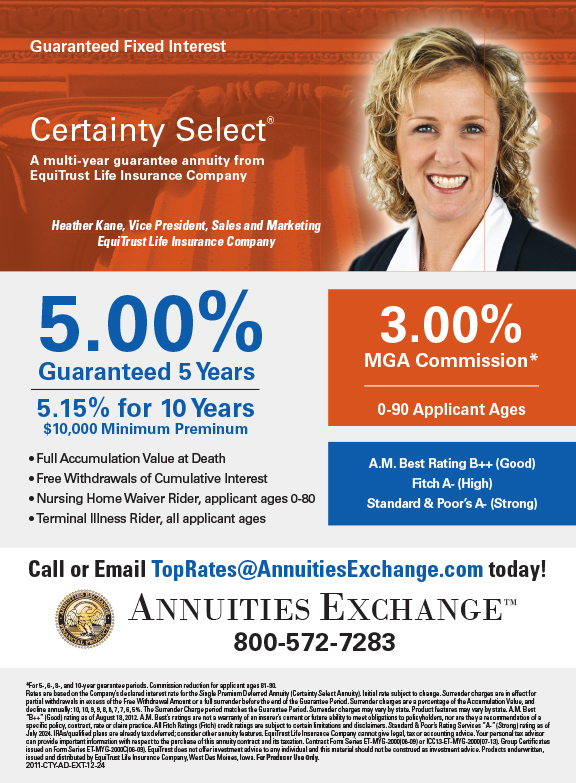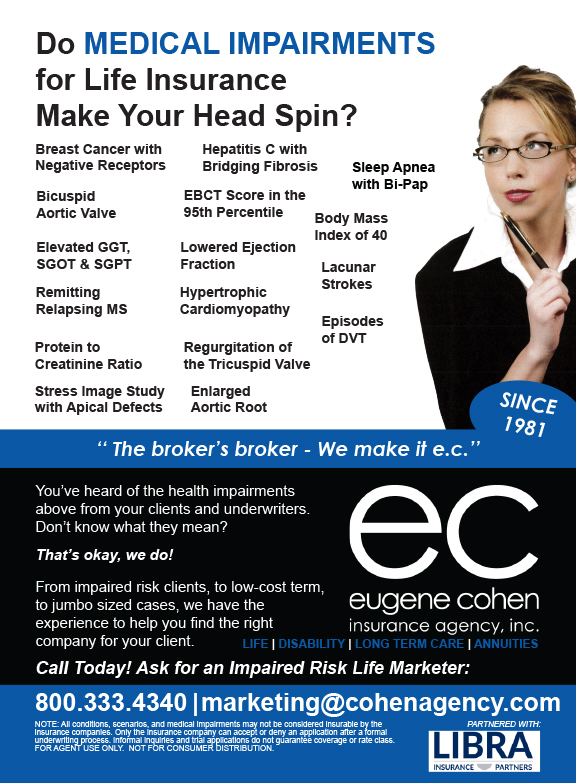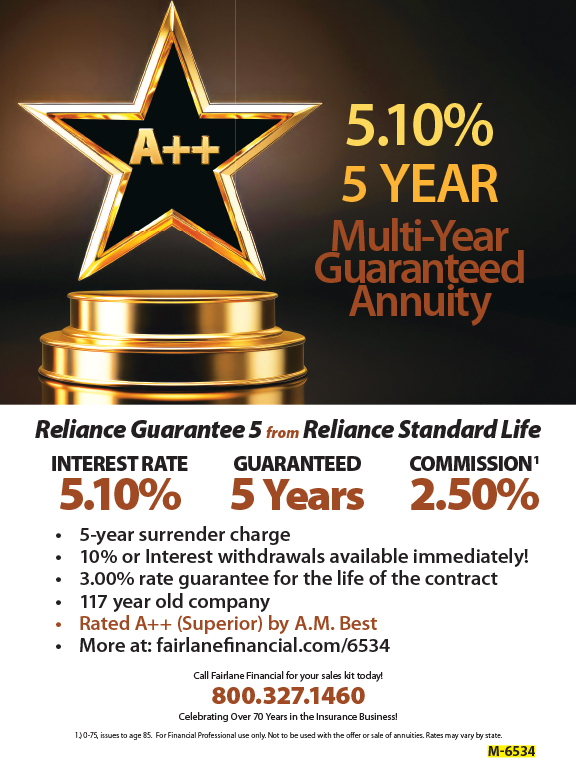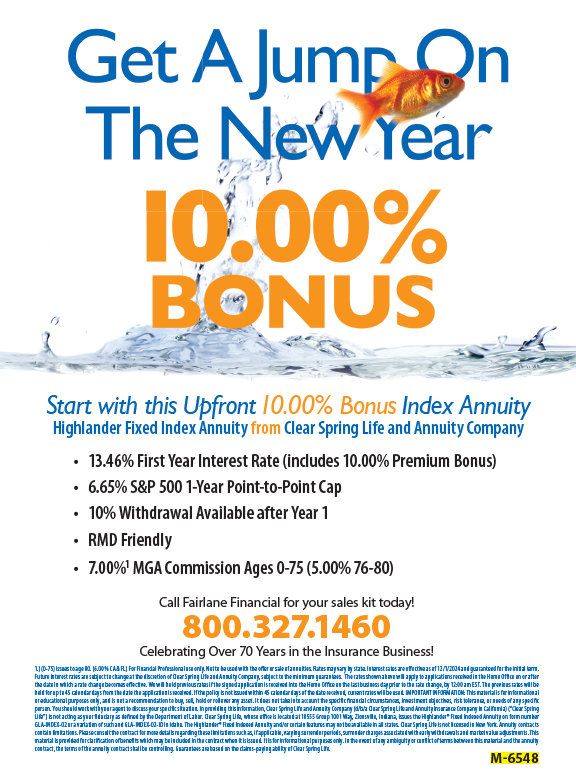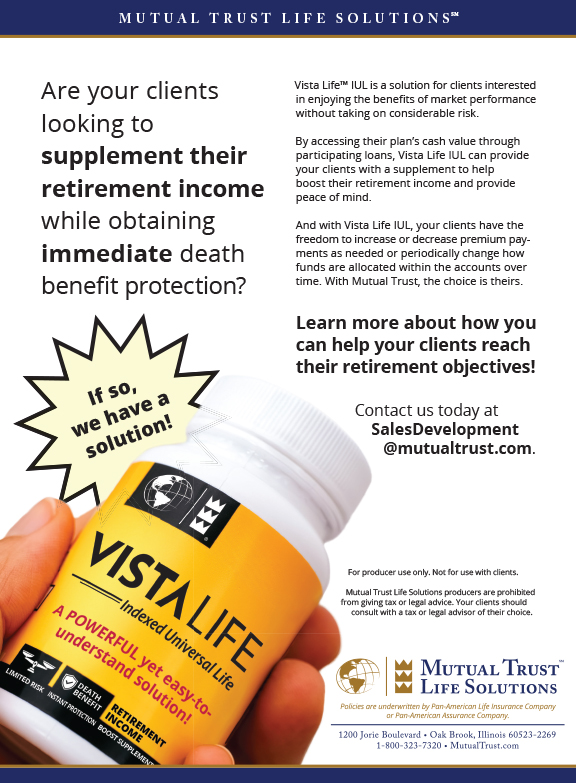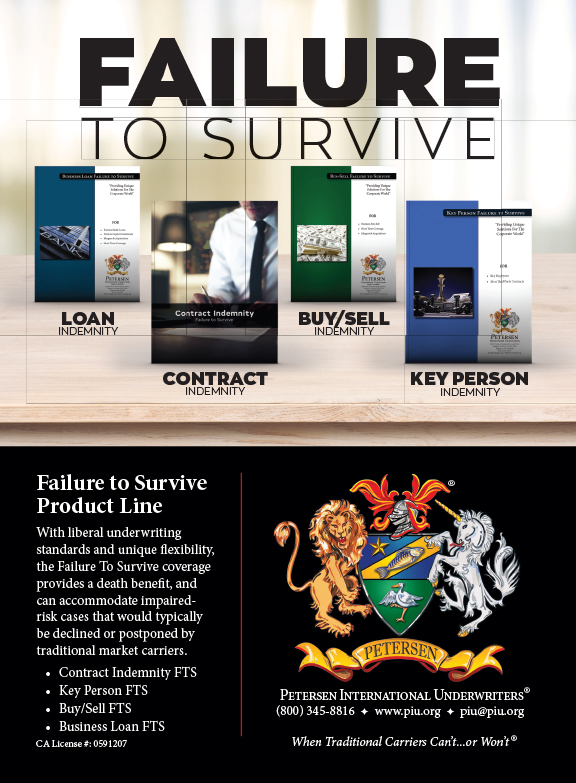What price would you accept if a potential buyer made an offer to buy your business today? Anyone with any knowledge of selling businesses will know this is a very simplistic way of looking at how to sell a business but I am just trying to paint a picture. The reality is not enough people are aware of how much their business is worth. The answer to the above question can help determine the buyout price for a written buy/sell agreement between two willing parties. It can also help determine how big the business acquisition loans need to be to fund such an agreement. It can also help calculate life insurance in the event one party passes away before the agreement is settled. In order to help business owner clients zero in on the estimated “fair market value” of their company, a business valuation using accepted IRS valuation factors can help determine that important number.
There are time-tested valuation factors based on Revenue Ruling 59-60 that are still valid for use today to estimate fair market value. Fair market value is generally defined as “the amount at which the asset would change hands between a willing buyer and a willing seller, neither being under any compulsion to buy or sell and both having reasonable knowledge of all relevant facts.”
Here are some of the important factors from Revenue Ruling 59-60 that may be relevant to determine the fair market value of a business for buy/sell and IRS valuation purposes:
??Nature and history of the business regarding growth, sales and stability.
??Economic outlook of the particular industry in which the business operates.
??Book value of the business as reflected in the balance sheet: assets minus liabilities equals book value.
??Earning capacity of the business, as reflected by the net profit of the income statement (profit and loss), may be the most important factor in determining business value. Net profit is simply total business revenue minus deductible business expenses. Net profit is sometimes called net earnings or net income for tax accounting purposes.
??Cash flow dividend paying capacity of the company.
??Nature of any intangible assets (such as goodwill) which can represent an excess of net profit over and above a fair rate of return for similar businesses in a particular industry. Or which can represent an excess of net profit over and above an alternative low risk rate of return.
The business factors described above can be quantified by a few basic business valuation methods used by professionals who are experts in valuing the stock of closely held business enterprises.
If you’re considering selling up, you can get independent valuations from sites like https://businessforsaleinrichmondva.com/. Here are four commonly used valuation methods that may provide a hypothetical estimate of business value for buy/sell agreement purposes:
Book Value. The net worth on the balance sheet (assets minus liabilities). Certain assets may be adjusted upward to reflect fair market value rather than the depreciated value shown on the balance sheet.
Straight Capitalization. The amount of capital that would have to be invested at a specified capitalization rate to yield the current net profit. Net profit may be adjusted upward to reflect excess shareholder salaries, bonuses and fringe benefits. This method is based solely on net profit from the income statement (profit and loss).
Capitalization of Earnings. Assumes that part of net profit is attributed to book value and any excess profit above a fair rate of return is capitalized by a business risk multiplier rate. The capitalized value of this excess profit is then added to book value.
Year’s Purchase. A conservative low-risk alternative rate of return is used to determine net profit attributed to book value. The excess balance is assumed to be attributed to goodwill. Then, this excess balance is multiplied by the number of years goodwill is expected to last. The value of this excess goodwill profit is then added to book value.
Following is a hypothetical example of an informal valuation of a retail, wholesale or manufacturing business where capital and profits are important factors. Acme Plumbing Supply, Inc. is a wholesale firm that has been in the plumbing supply business for 25 years. There are two shareholders, each with a 50 percent ownership interest. Its current book value is $2 million and its average net profit is $550,000. The fair rate of return on book value for firms of this type is 10 percent; goodwill is expected to last three years; the assumed capitalization risk multiplier rate is 20 percent; and the conservative low risk alternative rate of return on book value is 5 percent.
Table 1 shows a comparison of four basic valuation methods using this financial information.
In this example, the estimated fair market value of Acme Plumbing Supply, Inc. is about $3 million. With 50-50 stock ownership, each shareholder could be insured for $1.5 million to cover the purchase and sale obligation of a well-drafted cross-purchase agreement or stock redemption (entity) agreement.
This estimated value may serve as a starting point for further discussion with an attorney and CPA representing the client for purposes of a written buy/sell agreement. And, the preferred way to assure tax-free funding of this buy/sell obligation when one of the shareholders dies is a life insurance policy structured as either a cross-purchase plan or stock-redemption (entity) plan.
Note: The valuation methods described above should not be considered as the only alternative to a detailed analysis from a professional business appraiser. Business owners are encouraged to seek advice and expert analysis from a qualified business valuation appraiser. The designation ABV (Accredited in Business Valuation) is held by some CPAs who have completed additional coursework to attain this professional designation.






